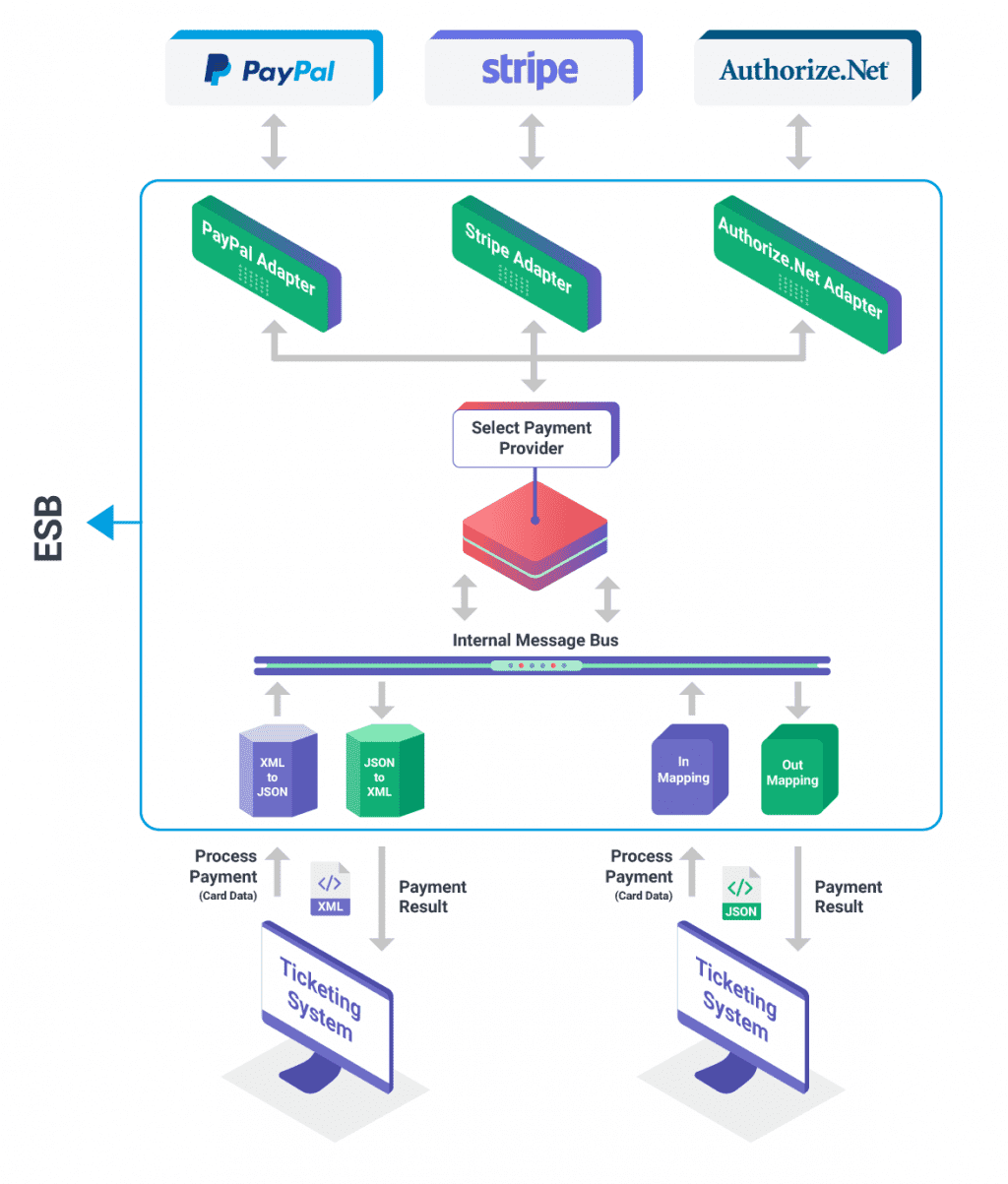The live event ticketing industry has never been more lucrative, with attendance growing at an explosive pace. Sporting events and live music concerts are projected to reach beyond US$20BN between 2023 and 2025,1,2 and nearly 20,000 onstage performances in the US and the UK are reporting nearly 80% of seats being filled each time.3,4
Needless to say, that's a lot of tickets being sold.
But traditional ticketing vendors large and small, both primary and secondary, have some new companies looking at the live sports and entertainment space: general interest vendors like Amazon, Google, and eBay, to name just a few. These companies don't just have deep pockets, they have wide audiences and the growing need to connect those customers to what they want before they even realize they want it.
How can traditional ticketing vendors compete? By banding together and consolidating in order to extend their market reach. It seems like almost every month or so we’re reading about another ticketing software vendor being acquired and/or merging with a competitor. The goal of these consolidation efforts could be geographic expansion, entry into a new entertainment vertical, or simply to gain market share.
But consolidation, of course, brings its own set of issues; particularly how to gain economies of scale so the vendor isn’t supporting multiple code bases, which is especially problematic and difficult when dealing with support and development teams, servers, and customers that are spread out across different geographic locations.
One quick win for vendors is to have all the different platforms they support share the same payment processors and Softjourn has designed an integration layer to do just that.
Softjourn, Inc. is a global technology services provider that develops custom solutions for our clients’ toughest challenges. We leverage our domain expertise in Fintech, Cards & Payments and Media & Entertainment (with a special emphasis on ticketing) to apply new technology that brings our clients growing needs to life.
The Idea
Ticketing vendors can gain some quick wins by reviewing the easier-to-consolidate common functionalities between ticketing platforms. Some recommendations for consolidation include report writers and mapping tools, but Softjourn’s suggestion is to focus on payment processing. By narrowing down similar merchant accounts and payment gateways, it's more beneficial in the short term to use the most cost-efficient gateway for a particular transaction type.
And by connecting all platforms, payment gateways, and merchant accounts to a single integration layer, vendors can lower operational costs by needing fewer developers and less man hours to perform maintenance, updates, and upgrades. By being able to access all integration points from a single access entry, a single team can maintain multiple platforms from anywhere in the world.
Ticketing vendors can also gain some relief from merchant fees by utilizing Softjourn's proposed solution that would enable the integration layer to sort transaction types to the payment gateway best suited for it according to the merchant agreement attached to that gateway.
For example, let’s say Ticketing System 1 (TS1) has a merchant agreement that works best with micropayments, while Ticketing System 2 (TS2) has a good agreement for processing transactions in Euros. With Softjourn's proposed solution, a micropayment that comes through TS2 would be sorted to TS1's payment gateway. The integration layer would handle all communications necessary to ensure that the payment gateway receives and processes the transaction normally, and then ferry the transaction back to its originating platform, with the ticket purchaser none the wiser.
By preserving the platform's original structure, vendors can ensure that the initial audience's needs are met. They can also focus on lowering necessary costs to keep the platform operational. An integration layer becomes an even more intriguing idea when one realizes that it is not unusual for a single ticketing platform to be integrated into more than 100 payment gateways.
Rather than connect each with a labor-intensive and costly point-to-point integration, using an integration layer to create, at least in our example, a payment layer saves time and money when it comes to ensuring the consistent operation of a platform’s expected performance. By utilizing Softjourn's solution to provide relief from merchant fees, the savings can offset both the cost and time necessary to build the integration layer and connect all services to the payment layer.
The Solution
Softjourn recommends using an enterprise service bus (ESB) as the vehicle for an integration layer. ESBs are versatile, as they can scale with your business and can easily handle multiple communication protocols. With an ESB, it's easy enough to hook additional gateways, platforms, and other functionalities up to the integration layer to continue to keep maintenance costs to a minimum as a business grows.
Using an ESB as our vehicle, the data flow for Softjourn’s proposed idea would work as follows:
- The ticketing platform sends payment data in its defined format (for example, XML or JSON) to the payment layer.
- The payment layer translates the data into the internal ESB message.
- The payment layer analyzes the message using a “Select Payment Gateway” functionality. This functionality will use predefined rules to locate the single most cost-efficient gateway, depending on desired transaction type. Possible considerations include but are not limited to:
- Transaction amount
- Currency
- Card-issuer country
- Card transaction acquirer location
- The payment layer translates the message to match the chosen payment gateway requirements.
- The payment layer transmits the translated message to the chosen payment gateway; upon reception, the payment gateway processes the transaction as it would any other.
- The chosen payment gateway transmits a response to the payment layer regarding the transaction; the payment layer translates that message into its internal ESB format for analyzation.
- Finally, the payment translates and transmits the message back to the originating payment gateway and ticketing platform.
We’ve also created a visual representation of the workflow, displayed below:

Integration Layer Benefits
Integration is valuable not only for simplifying and lessening the costs of regular internal business processes; it is also necessary for the continued growth and success of companies that operate in a digital landscape.
Calculating direct value of implementing an integration layer shows cost savings in the short term, but there are many long-term benefits and much indirect value (such as increased revenue or mitigated risk) that can come about depending on a ticketing vendor's business strategy.
From tying together B2B communications or combining interfaces to create a better analysis of the whole, integration stands to have a huge impact on a ticketing vendor’s business. What’s more, organizations with legacy systems or other pre-existing software that hold tons of historical information necessary to run the business do not need to reinvent the wheel. They can implement an integration layer to tie existing items to new software or mobile applications.
An integration layer can help both in the immediate need and in future growth of the organization.
Conclusion
With the continued use and growth of mobile applications plus the explosive boom of the live event ticketing industry as a whole, the need for consolidation and thus integration is expected to continue to soar. Newly combined companies will face supporting more and more ticketing platforms and spending more and more money to do so.
Whether the company's business strategy is to keep many services targeting many different markets or to eventually consolidate all into the best long-term platform, integration can assist in all of these potential plans.
Softjourn's integration solution can help ticketing vendors amass quick wins in the short term. Reach out today if you're interested in learning how you can cut operational costs and gain economies of scale in your business!




